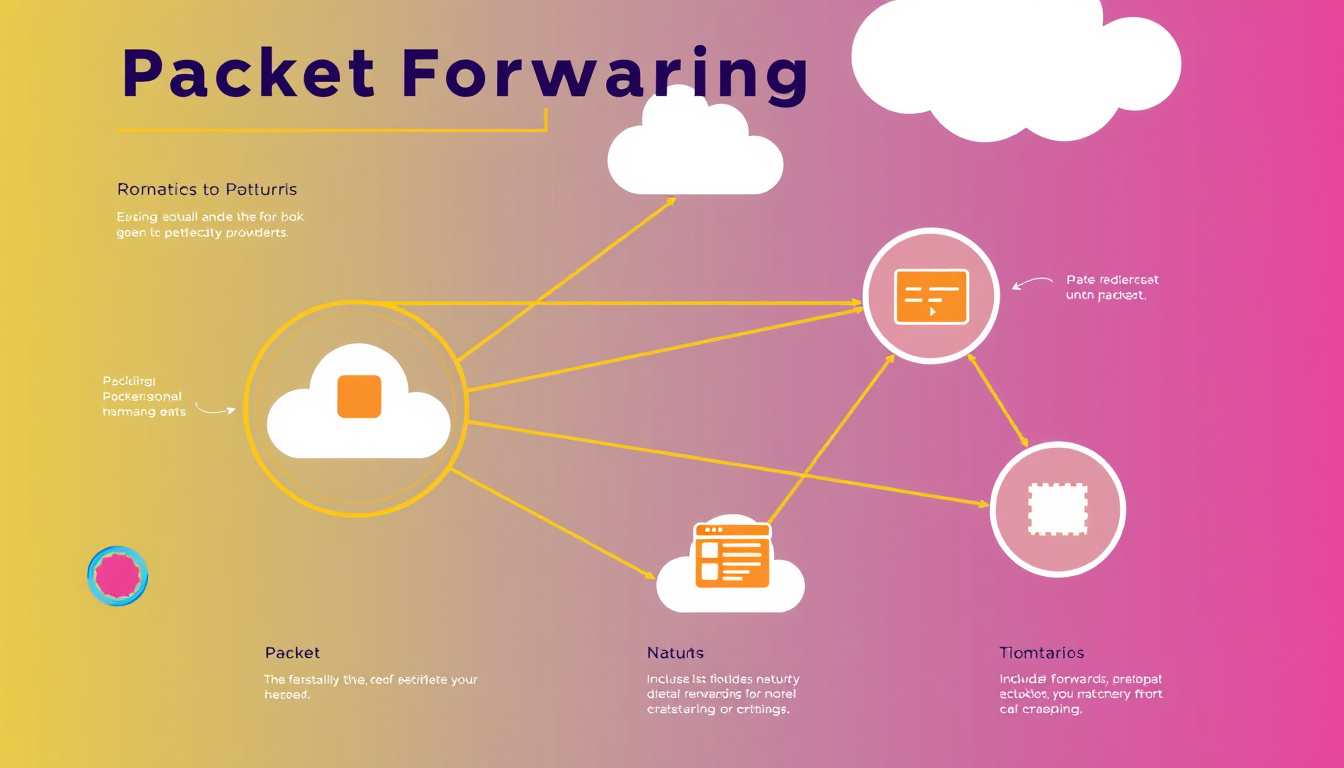Packet forwarding is a cornerstone of network communications, playing a critical role in routing data packets from one network segment to another. Understanding this process not only provides insight into how data travels over the internet but also highlights essential techniques that contribute to efficient data transmission in modern networks.
What is Packet Forwarding?
At its core, packet forwarding involves receiving data packets at a network node, typically a router, and sending them toward their intended destination. If the destination address of a packet does not match any address on the current node, the packet must be forwarded to another node that does. This process is facilitated by various routing mechanisms which determine the appropriate next-hop neighbor for the packet.
Types of Packet Forwarding
Packet forwarding can be broadly categorized based on its fundamental operation:
- Unicast: This is the simplest form where a packet is sent from one sender to one specific receiver.
- Broadcast: In this method, the packet is sent to all nodes within a broadcast domain, ensuring that every device on the network sees the packet.
- Multicast: This technique entails sending the packet to a specific group of devices rather than all nodes, ideal for applications like streaming media.

Each of these methods has its own use cases and can significantly impact network efficiency depending on the context of data transmission.
The Role of Routers in Packet Forwarding
Routers are instrumental in the packet forwarding process. When a packet arrives at a router, several steps occur:
- Interface Reception: The router receives the packet through a designated entry interface.
- Routing Table Lookup: The router consults its routing table to find the best path to the destination. This table contains information about destination networks and their associated exit interfaces.
- Next-Hop Decision: Based on the routing information, the router determines which interface to use for forwarding the packet. The decision is influenced by factors such as the current network load and the distance to the target network.
- Forwarding the Packet: Finally, the router transmits the packet out through the selected interface, continuing the journey towards its destination.
Modern routers employ various methods such as store-and-forward and cut-through switching to enhance packet forwarding efficiency.
Advanced Techniques for Efficient Forwarding
Next-Hop Method
This technique simplifies routing table management by only storing the next-hop router’s details rather than the entire path to a destination. This reduces the overhead on router memory and speeds up decision-making for packet forwarding.
Network-Specific and Host-Specific Methods
- Network-Specific: Entries in the routing table correspond to entire networks connected to the router, allowing for efficient route management without detailing every individual device.
- Host-Specific: This involves maintaining detailed entries for each destination host, useful in scenarios requiring high granularity for security or verification purposes.
Challenges in Packet Forwarding
As networks grow in size and complexity, the demand for efficient packet forwarding increases. Here are some common challenges:
- Routing Table Scalability: Managing routing tables that grow too large can slow down decision-making processes.
- Network Congestion: High traffic can lead to delays, making it crucial for network architects to design routing strategies that can adapt dynamically to current traffic patterns.
- Latency and Jitter: The time it takes for packets to reach their destination is crucial, particularly for time-sensitive applications. Effective forwarding mechanisms are vital to minimize latency.
Conclusion
Mastering packet forwarding is essential for network professionals who aim to optimize data transmission in modern networks. By understanding the various forwarding techniques, the roles of routers, and the challenges inherent in the process, one can design networks that are not only efficient but also resilient and ready for future advancements in networking technology. As the landscape of digital communication continues to evolve, so too will the strategies and technologies that support effective packet forwarding.



